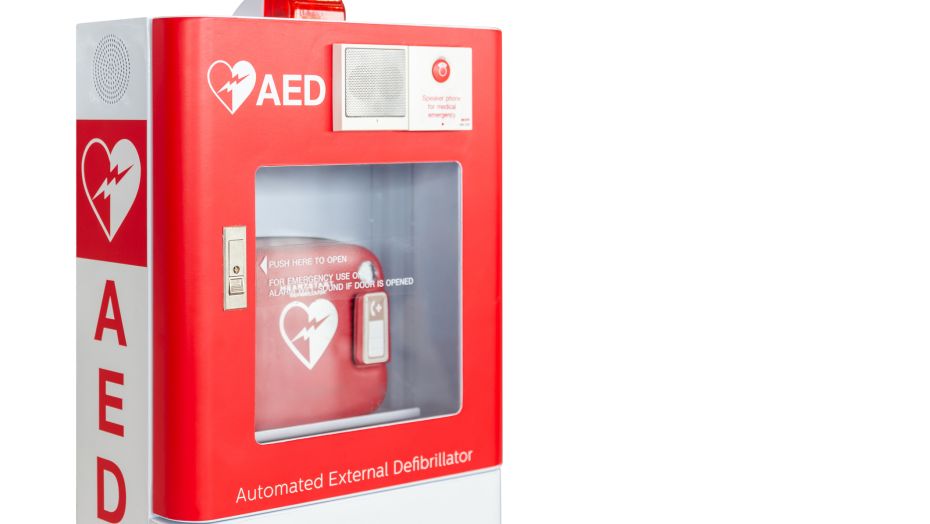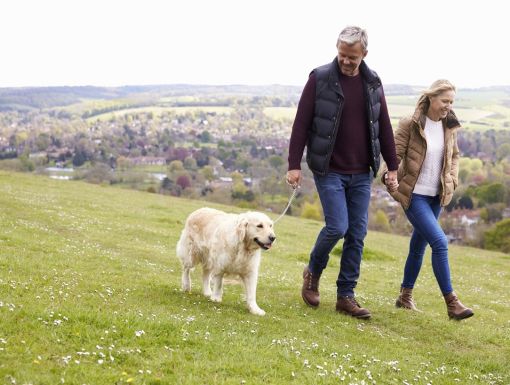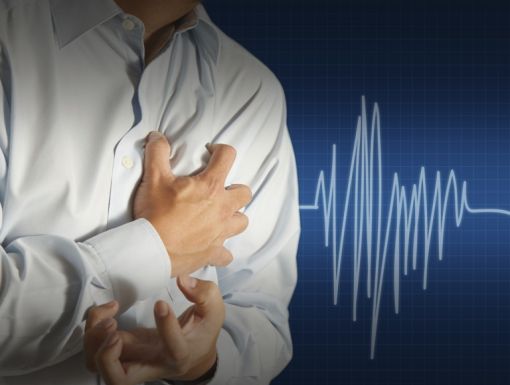
What is an AED?
When was the last time you had your heart health checked? Make an appointment online with an Ochsner cardiologist today!
When the heart stops, seconds count. And the longer it takes for the heart to return to a normal rhythm, the lower the chances of survival.
According to the American Heart Association, a patient’s chance of surviving a sudden cardiac arrest drops by 7 to 10 percent for every minute a normal heartbeat isn’t restored. Using an AED (automated external defibrillator) with CPR can help save someone whose heart has stopped.
What is an AED?
An AED is a battery-operated, portable medical device that is commonly placed in an increasing number of work and public places. It comes with a pair of electrode pads that are placed on the chest. Once connected, the AED uses computerized algorithms to determine if there is a condition known as ventricular fibrillation that requires an electric shock, also known as a defibrillation. In the simplest terms, an AED helps shock the heart rhythm back to normal.
An AED is simple to operate – once it’s turned on, visual and/or verbal prompts will guide you step by step. After you call 911, here’s what you’ll do:
- Place a set of adhesive pads on the unconscious individual’s bare chest
- Stand back as the AED analyzes the individual’s heart rhythm – if a shock is required the AED will automatically charge itself
- Press the “shock” button when prompted by the AED
- Follow the prompts on the AED to check the individual’s breathing and start CPR
A few things to remember when using an AED:
- A conscious person who is having a heart attack does not need an AED
- Make sure the area around the person is clear
- Touching the person could interfere with the AED’s reading of the person’s heart
- Not all cardiac arrests are due to ventricular fibrillation. The AED will not deliver an electric shock if the heart rate is not a shockable rhythm



